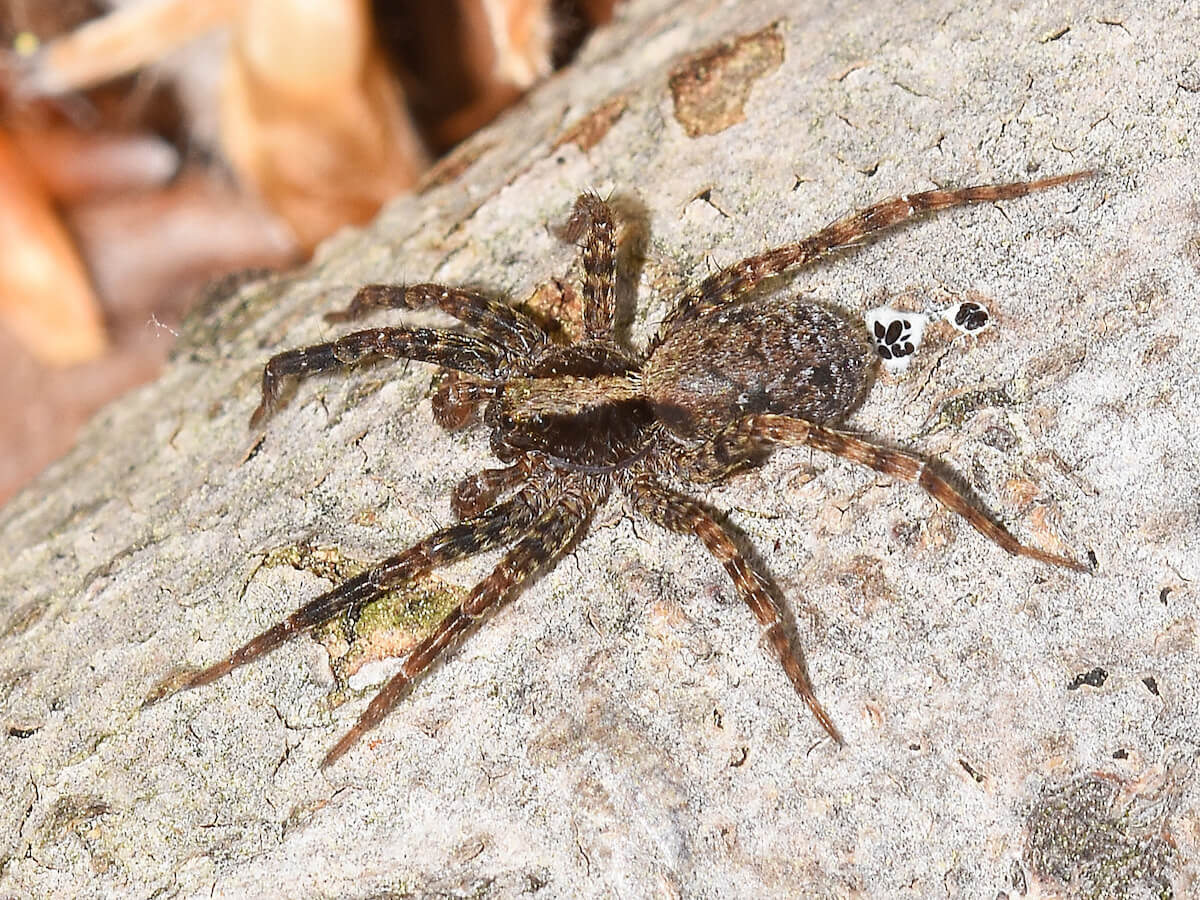Discover the fascinating world of wolf spiders and their unique characteristics, behaviors, and habitats.
Understanding Wolf Spiders: An Introduction
Wolf spiders are a fascinating group of North Texas Spiders that belong to the family Lycosidae. They are known for their hunting prowess and unique behaviors.
These spiders are found all around the world, with over 2,000 species identified so far. They are known for their impressive speed and agility, which makes them excellent hunters.
One interesting fact about wolf spiders is that they don't build webs to catch their prey. Instead, they rely on their keen eyesight and powerful legs to chase down their victims.
In this blog post, we will explore the physical characteristics, behavioral patterns, habitats, and distribution of wolf spiders, as well as their interactions and importance in ecosystems.
Physical Characteristics of Wolf Spiders
Wolf spiders are generally medium to large in size, with a body length ranging from 0.4 to 1.2 inches. They have robust bodies and long legs, which allow them to move quickly and efficiently.
One distinguishing feature of wolf spiders is their eye arrangement. They have eight eyes arranged in three rows, with the middle row containing four eyes that are larger and more prominent than the others.
The coloration of wolf spiders varies depending on the species and their habitat. Some species have dark brown or black bodies with contrasting patterns, while others have lighter colors with subtle markings.
Another interesting characteristic of wolf spiders is their ability to produce silk. While they don't use it to build webs, they do use it to create protective egg sacs and line their burrows.
Behavioral Patterns of Wolf Spiders
Wolf spiders are primarily solitary creatures and do not form social colonies like some other spider species. They are active hunters and rely on their excellent eyesight to locate and capture their prey.
These spiders are known for their agility and speed, which allows them to chase down their prey with precision. They have powerful legs that enable them to pounce on their victims and inject venom to immobilize them.
Female wolf spiders are also known for their unique maternal behavior. After mating, the female carries her eggs in a silk sac attached to her spinnerets. She carries this sac with her until the spiderlings hatch, at which point they climb onto her back and continue to stay there for some time.
Wolf spiders are also known to exhibit complex courtship behaviors, with males performing elaborate dances and drumming their legs on the ground to attract females.
Habitats and Distribution of Wolf Spiders
Wolf spiders can be found in a wide range of habitats, including forests, grasslands, deserts, and even urban areas. They are adaptable creatures and can survive in various environmental conditions.
These spiders are often found on the ground, where they create burrows or seek shelter under rocks, logs, or leaf litter. Some species are also known to climb plants or even dwell in water.
The distribution of wolf spiders is global, with different species found in different parts of the world. They are particularly diverse in North America, Europe, and Australia, but can also be found in other regions.
Their ability to inhabit diverse habitats and adapt to different conditions has contributed to their success as a group of spiders.
Interactions and Importance of Wolf Spiders in Ecosystems
Wolf spiders play an important role in ecosystems as predators. They help control populations of insects and other small invertebrates, thus contributing to the balance of the ecosystem.
Their hunting behavior and ability to chase down prey make them efficient predators, and their presence can help reduce the abundance of pests in agricultural fields and gardens.
Additionally, wolf spiders serve as a food source for other animals, including birds, reptiles, and small mammals. They are an integral part of the food chain and contribute to the overall biodiversity of their habitats.
Understanding the interactions and importance of wolf spiders in ecosystems can help us appreciate their ecological value and promote their conservation.
Additional Resources About Spiders:
Spiders - In General
Everything You Need To Know About The Brown Recluse Spider
5 Most Common Spiders Found In Texas
Identifying And Controlling Wolf Spiders




Comments (0)